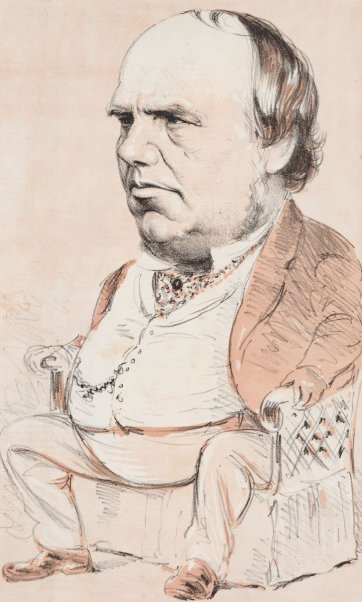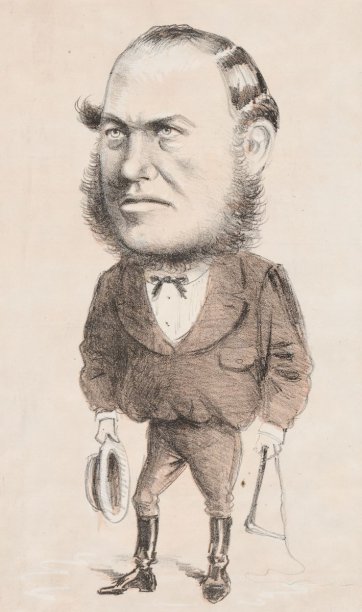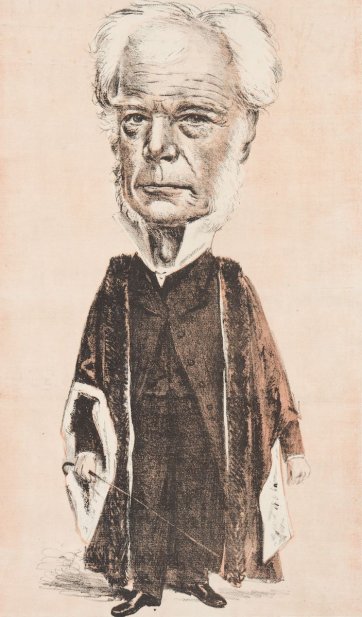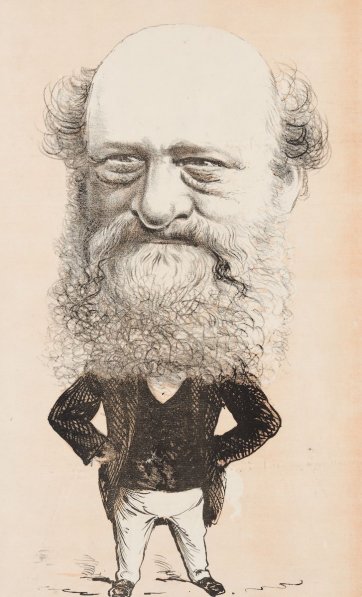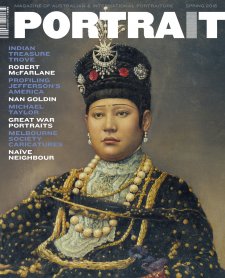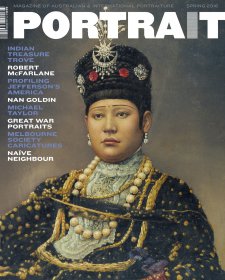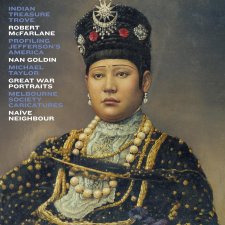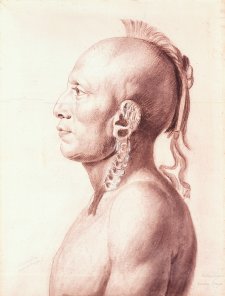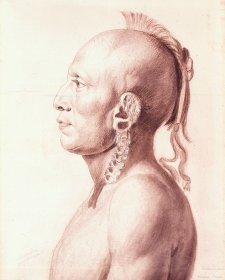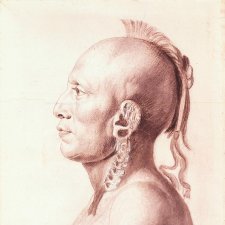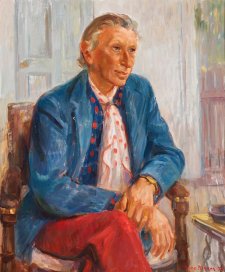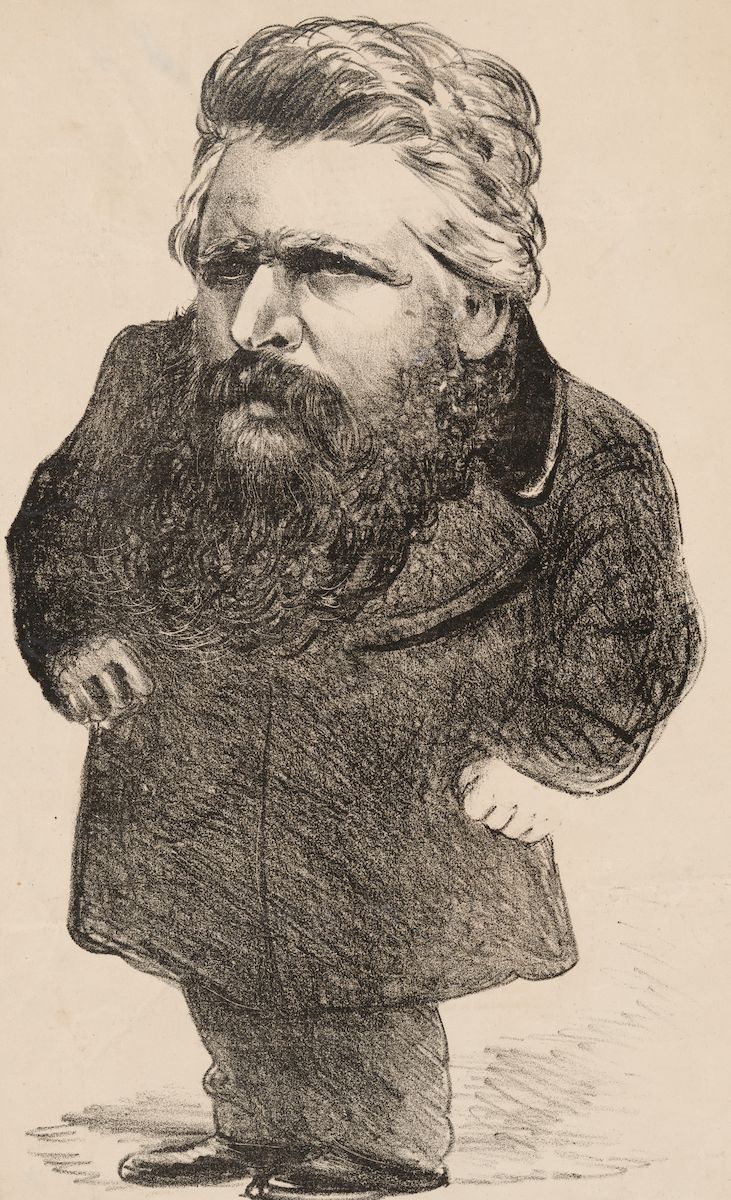
A Goldfields Member "The Dove of Ararat" [The Hon. William McLellan M.L.A], 1874 Tom Durkin, The Weekly Times
Between 1873 and 1875, Melbourne newspaper The Weekly Times – ‘A journal of literature, sport, agriculture, science and politics’, according to its sub-heading – published a succession of lithographed caricatures grouped under the title ‘Masks and Faces’. Adopting a model similar to that established by its London contemporary Vanity Fair with its ‘Men of the Day’ series, the Weekly Times portraits featured the readily identifiable (if wittily distorted) likenesses of various species of notable local. ‘It’s going to be the Very Greatest Hit of this, or any other season’, the paper crowed in alerting readers to the impending publication of the ‘coloured supplements’, which kicked off on 27 September 1873 with a depiction of former Melbourne mayor and publican John Thomas Smith. This portrait of ‘An Old Colonist’ and the subsequent thirty-five in the series were the work of Tom Durkin (1853–1902), a local illustrator who’d served an apprenticeship in the print trade before debuting as a cartoonist with drawings for The Trumpeter, a local newspaper which he’d co-owned and edited.
1 A Victorian Knight "Thrice Chief Secretary" [Sir James McCulloch K.C.M.G.], 1874. 2 A Chief Secretary "Blunt, but Honest" [The Hon. James Goodall Francis], 1874. Both Tom Durkin, The Weekly Times.
With one exception (Signora Maria Palmieri, an Italian diva then performing in Melbourne), Durkin’s Weekly Times masks and faces were all of men: politicians mostly, plus business men, medical men, legal men, sporting men, men of the cloth, and a couple of impresarios. Many of the sitters occupied the legislative and commercial camps simultaneously, and some were the self-made types who had come to Victoria in its gold-seeking heyday, making fortunes as merchants, auctioneers, bankers, hoteliers, or purveyors of prizewinning horseflesh.
1 A Wool Merchant "Colonial John Bull" [Mr Richard Goldsbrough], 1874. 2 A County Court Judge "Sober as a Judge" [Judge Pohlman], 1874. 3 Master of the Hunt "Steady, Gentlemen, Steady!" [Mr George Watson], 1874. 4 A Collins Street Surgeon "Patients and Diamonds" [Dr Beaney F.R.C.S.], 1874. All Tom Durkin, The Weekly Times.
Each work was accompanied elsewhere in the issue by a paragraph or two expounding the sitter’s claim to public esteem or notoriety, and came with a caption denoting a singular quirk or characteristic. The woolbroking mogul Richard Goldsbrough, for example, was designated the ‘Colonial John Bull’, as legendary for his height and girth as for his monumentally robust bank balance. The title of Justice Robert Pohlman’s portrait (‘Sober as a Judge’) was a nod to his involvement with such bodies as the Early Closing Association. The phrase ‘Steady, Gentlemen, Steady’ connoted George Watson’s distinguished career as a rider, race-starter and committee member of the Victoria Racing Club; and the image of the flamboyant, bejewelled physician and legendary lush Dr James Beaney was labelled ‘Patients and Diamonds’.
1 A Premier "The New Man" [The Hon. George Briscoe Kerferd], 1874. 2 A Politician "Unlock the Lands!" [The Hon. James MacPhearson Grant], 1874. Both Tom Durkin, The Weekly Times.
Demonstrating his repute as ‘a forceful artist, with a broad, humorous touch’, Durkin’s caricatures were generally sportsmanlike in effect, with only one of his Weekly Times sitters objecting strenuously to the tone of the likeness. (The cartoon of John Ignatius Bleasdale, a Catholic priest and author of papers on the virtues of locally-grown wine, showed its subject leaning against a cask, glass in hand; it was ‘considered too disparaging by the reverend gentleman’ and was withheld from publication in March 1874). The tamest examples – such as the portraits of George Briscoe Kerferd (‘The New Man’), the recently-elected Victorian premier; and James Macpherson Grant (‘Unlock the Lands’), the lawyer and radical who successfully defended Eureka rebels against charges of sedition in 1854 – are caricatures in a gentler sense, their subjects’ sympathetically-rendered faces and heads sitting atop disproportionately small bodies.
1 Opera [Mr William Saurin Lyster], 1874. 2 A Vanquished Knight "Wroth with Kilmore" [The Hon. John O'Shanassy, K.C.M.G.], 1874. Both Tom Durkin, The Weekly Times.
Actor and entrepreneur William Saurin Lyster (‘Opera’) is another instance of a subject spared disparaging treatment. Durkin drew him as spruce and dinner-suited, a depiction befitting someone to whom ‘the people of this colony are, more than to all others, indebted for good music, with which he has made it his business to supply them’. Others are caricatures in the stricter, dictionary-sense of the word, wherein a sitter’s peculiarities or character flaws are exaggerated. The incongruously nicknamed William McLennan, (‘Dove of Ararat’) for example – a parliamentarian, ex-miner, and firebrand advocate for workers’ rights – is shown as gruff, nuggetty, and seemingly spoiling for a stoush. The fabulously wealthy Goldsbrough, his waistcoat buttons straining, rests his well-fed frame against a wool bale, smoking a cigar; the corpulent politician Sir John O’Shanassy (‘Wroth with Kilmore’) dwarfs the armchair he’s seated in; while Beaney – ‘the lucky surgeon who pockets the most fees of any of the soothers of the ills of mortality’– is shown as richly attired and alarmingly quiffed.
1 The Member of the Upper House "One of the Olden Time" [The Hon. John Alston Wallace M.L.C.], 1874. 2 A Head Master"Beyond the Grave" [Rev. J.E. Bromby], 1874. 3 A Commissioner of Customs "Faithful to Francis" [The Hon. Edward Cohen M.L.A.], 1874. All Tom Durkin, The Weekly Times.
Over the succeeding three decades, Durkin contributed to several satirical and left-leaning periodicals, among them Sam Slick, The Bulletin and Punch. He developed a reputation for drawings capturing the ‘humours, absurdities, follies, political events and social freaks of Melbourne and Victorian life’, and for his ‘prolific powers of observation, satire, fun, wit and artistic comment.’ Collectively, the caricatures he made for the Weekly Times – fourteen examples of which have recently been acquired by the National Portrait Gallery – also create a sense of the vigorous commercial and cultural climate of post-gold rush Melbourne, amounting to a vivid group portrait of those who helped shape the city’s swagger and prosperity.

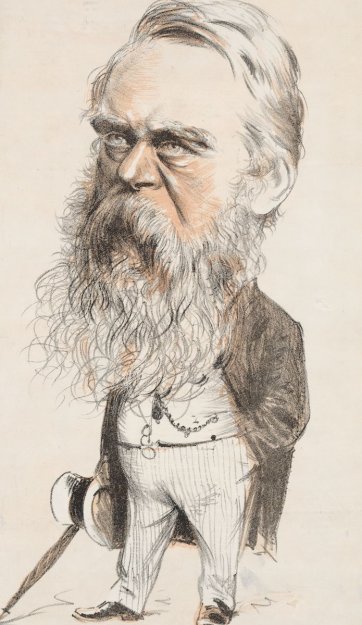
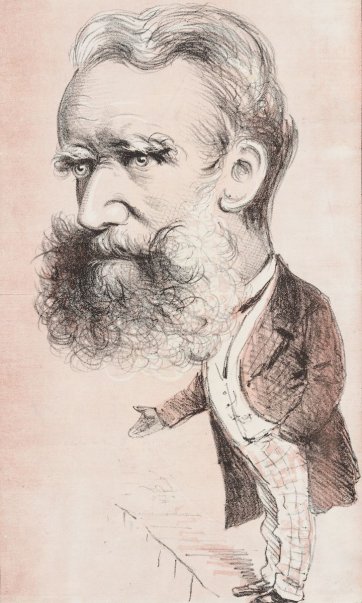
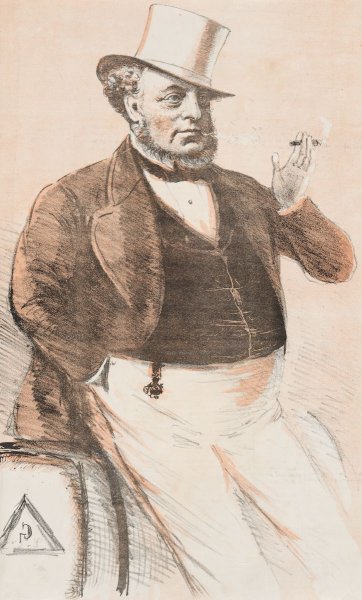
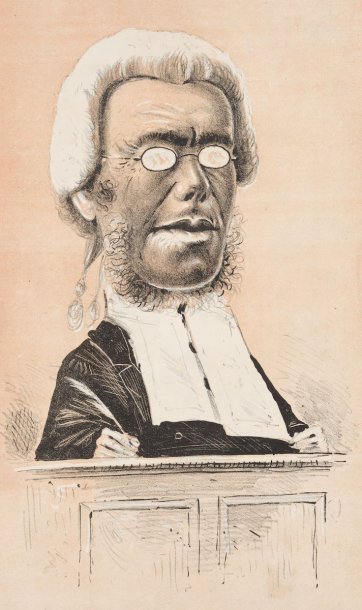
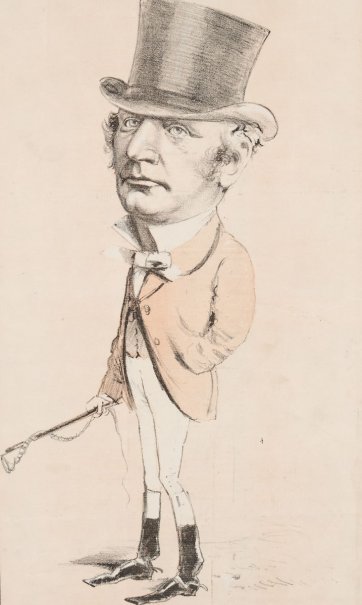
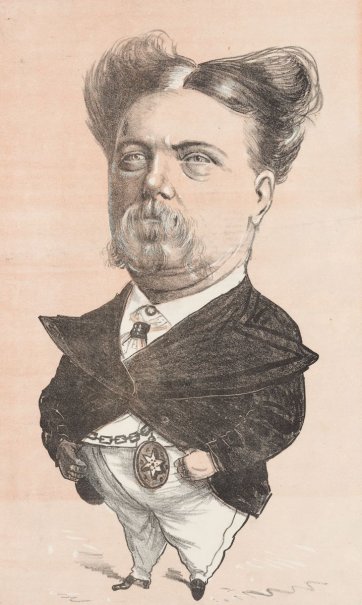
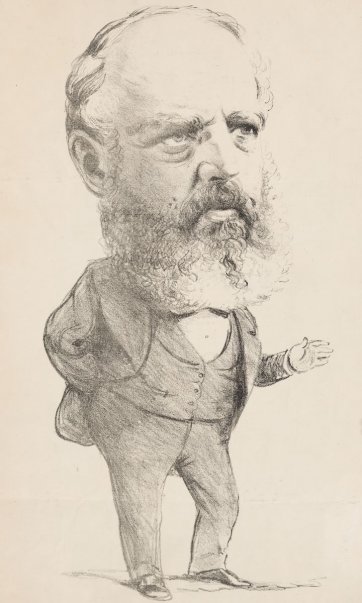
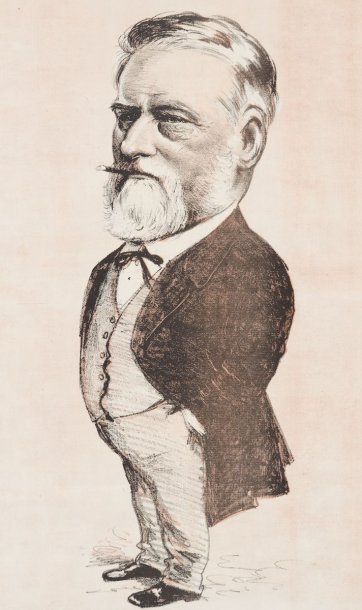
![Opera [Mr William Saurin Lyster] Opera [Mr William Saurin Lyster]](/files/4/a/0/d/i9670-th.jpg)
